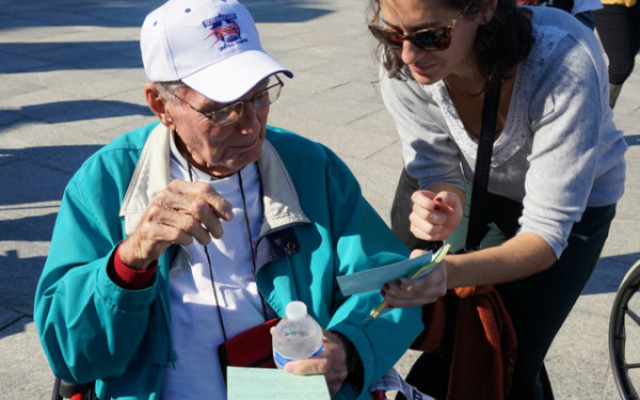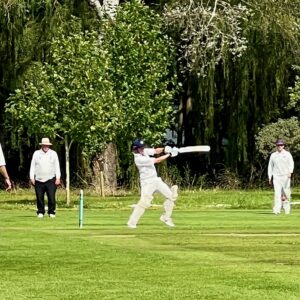Design Thinking and Innovation in Istanbul
Located on Istanbul’s Asian side of the Bosphorus Strait, Kadiköy is a bustling municipality with a diverse population of more than 500,000 professionals, artists, workers and their families. Its street markets are stocked with fresh fish, fruit and vegetables, Turkish coffee and teas, as well as scrumptious sweets.
Ferries regularly depart from the bustling Kadiköy terminal, transporting commuters to the European side of Istanbul for work and to the scenic islands in the Sea of Marmara for pleasure.
Kadiköy was originally settled by Greeks in 685 BC and is one of the oldest areas of Istanbul. But new organizational ideas in design thinking have sparked innovative solutions for urban development, community participation and education, which have piqued the interest of architects, artists, and academics from throughout the world.
TAK (Tasarim Atölyesi Kadiköy), Kadiköy’s collaborative design workshop founded in 2013, is tucked into a corner of a working class neighborhood. Forward thinking representatives of the local government (Kadiköy Belediyesi), the CEKUL philanthropic foundation and a small business (Kentsel Strateji) bring together designers, entrepreneurs, students and neighborhood residents to discuss local concerns, then design and implement strategies to improve Kadiköy’s neighborhoods. One of the most important missions of TAK is to ensure that every person who lives in Kadiköy — from the youngest student to the oldest retiree — has a voice in the community’s urban development decisions.
Inclusion is the hallmark of TAK’s multi-generational approach because listening to different perspectives and making collaborative decisions correlate with innovative solutions. “Kadiköy people are very creative,” observes TAK’s director, Ömer Kanipak. “We routinely have open calls for ideas that will improve the future of Kadiköy.” Listening to people who actually live in the community has been a catalyst for several innovative ventures. During the past year, TAK has focused on urban renewal projects to maintain the historical integrity of neighborhoods, updating their amenities with carefully planned buildings, bicycle paths and parks.
TAK makes special efforts to support design thinking in schools, working with teachers on educational projects addressing 21st century environmental and urban challenges. Students interview their grandparents, collect photographs and make models and maps of local landmarks as part of a creative brainstorming process to improve their neighborhoods. TAK concurrently connects the kids with filmmakers who teach them about making movies to document the design process.
Turks of all ages are well-known “foodies.” They relish long dinners in the evenings, punctuated by delicious food and intense conversation. During the long days busy Turks of all ages munch on a type of Turkish sesame bagel called “simit.” Vendors around Kadiköy and throughout Istanbul sell simit from mobile carts for one Turkish lira (about US$ .50). The simit carts, however, are bulky and hard to navigate through Kadiköy’s narrow streets.
TAK saw an opportunity for an inaugural project to engage and excite the entire community aboutdesign thinking. Volunteers carpeted the neighborhoods and collected information from simit vendors, either through in-person interviews or social media, to find out how the vendors themselves would improve the simit carts. TAK shared the information gathered from the vendors with the community and coordinated a three-month design competition. Professional and amateur designers of all ages and backgrounds submitted ideas to redesign and improve the simit cart. At the end of the designated period, local officials, philanthropists, entrepreneurs, citizens and the vendors themselves, gathered at TAK to determine the winning cart design.
The outcome, a new cylindrical simit cart, can be seen on the streets of Kadiköy. The new carts are financed by local government with business and philanthropic support. They integrate sleek and modern design features with practical maneuverability and stability. Vendors will continue the centuries-old practice of selling simit on the streets. Thanks to TAK they now have a 21st century simit cart designed to meet their needs.




















More to come on this topic...